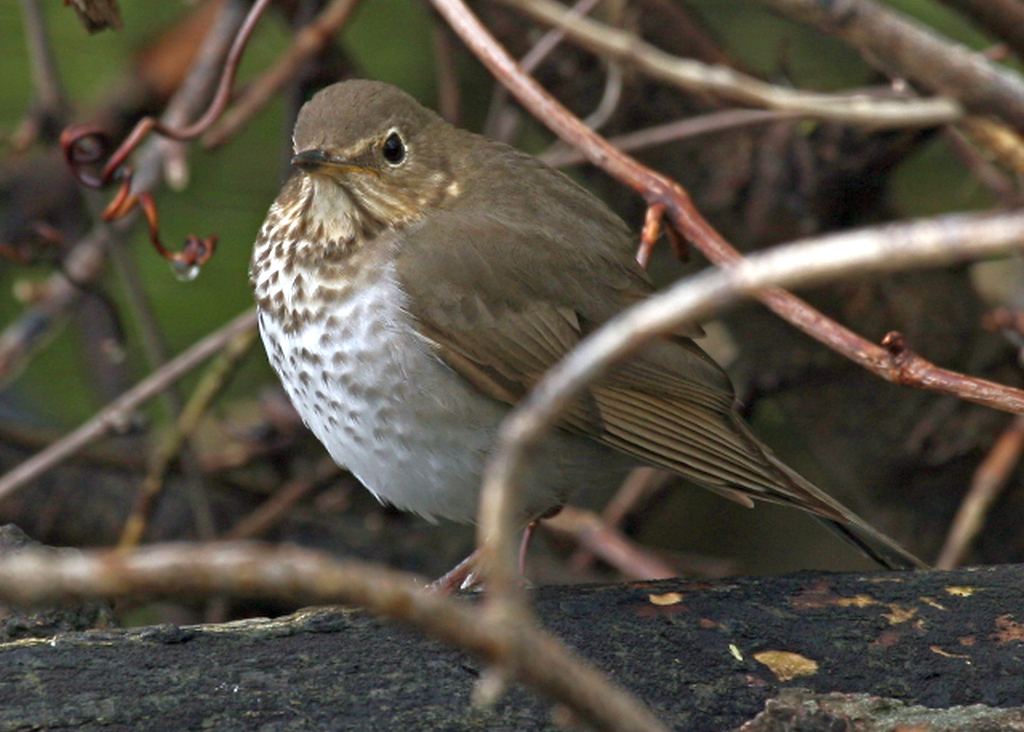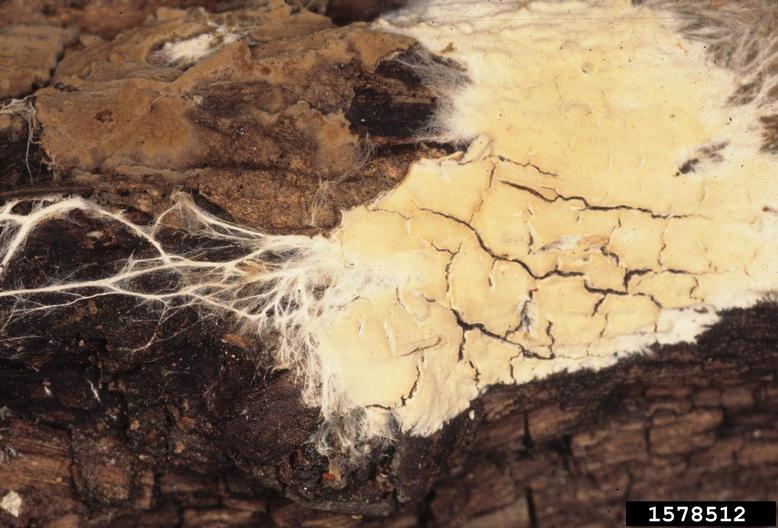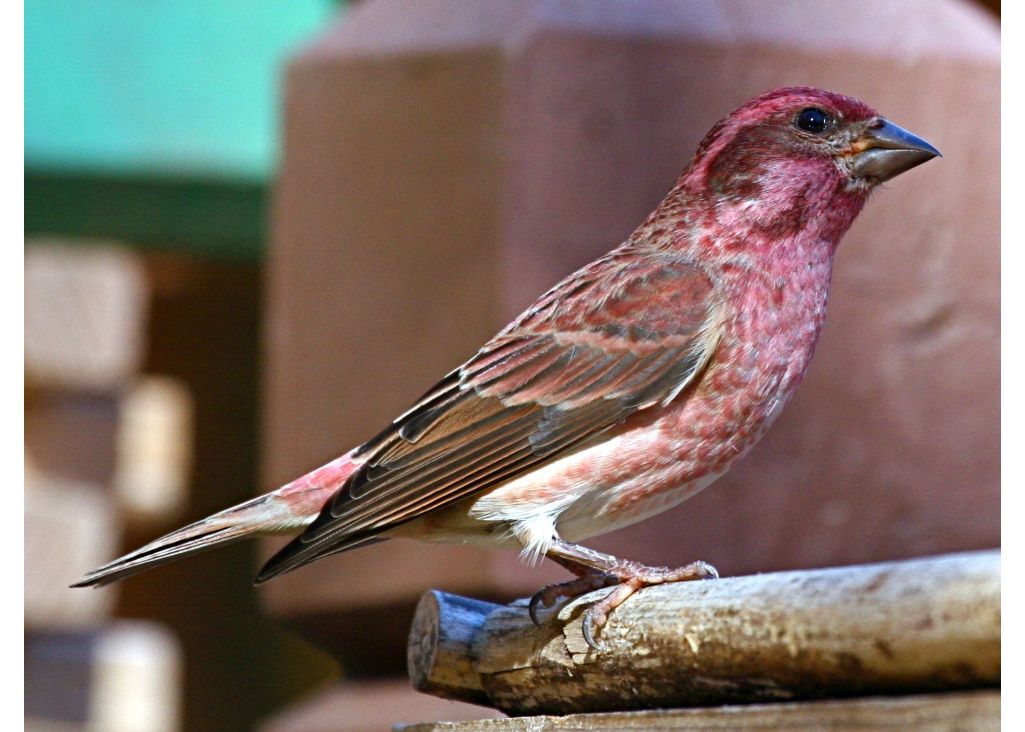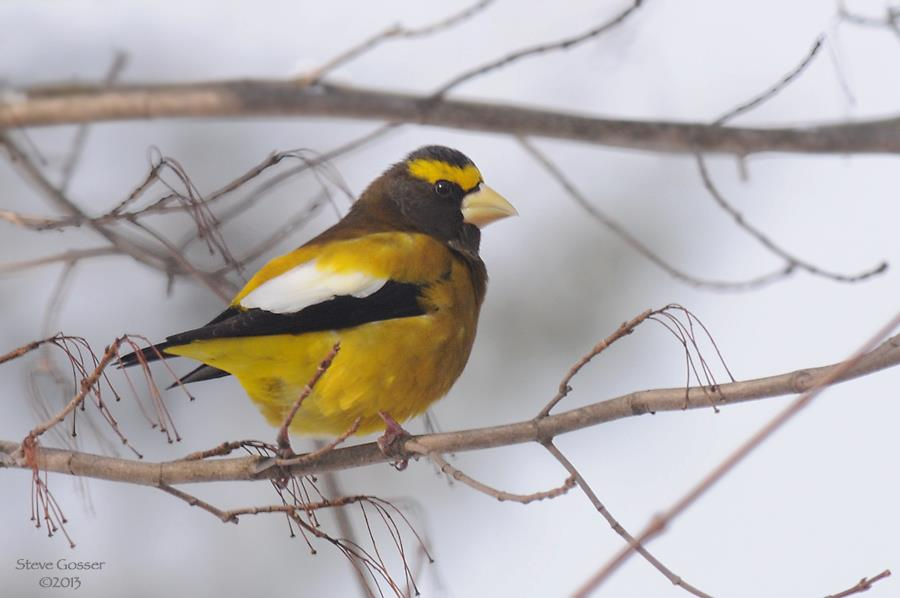
23 October 2024
During fall migration birds are coming and going all the time. Some shorebirds pass through in August, September is warbler season, October is sparrow season, and November should be ducks. When we saw a Nashville warbler in Frick Park last Sunday, eBird squawked “That species has left already. Your bird is Rare! You have to justify it.”
In autumn Nashville warblers arrive in southwestern PA during the first week of September and are completely gone by 18 October. Charity Kheshgi’s photo on 20 October is proof that one still lingered.
Swainson’s thrushes have already come and gone, 13 September to 11 October
Remember when we saw a lot of Swainson’s thrushes a couple of weeks ago? Well, they breed in Canada and only visit the Pittsburgh area briefly on migration, approximately 13 September to 11 October (see the map animation).

Leaving soon: ruby-crowns, chipping and yellow-rumps will be (mostly) gone by 8 November.
This month we’re enjoying ruby-crowned kinglets, chipping sparrows and yellow-rumped warblers but eBird’s weekly abundance maps show that, except for stragglers, these three will leave southwestern Pennsylvania by 8 November. That’s why I was amazed the first time I saw ruby-crowned kinglets overwintering in eastern PA.



Here until 29 November:
Except for a few stragglers, most red-winged blackbirds will leave southwestern PA by the end of November. If you’re desperate to see one in the winter, visit northeastern Ohio near Akron.

Golden-crowned kinglets, white-throated sparrows and dark-eyed juncos are winter birds.
According to eBird’s weekly abundance maps:
- Golden-crowned kinglets arrive by 4 October and leave by 26 April.
- White-throated sparrows arrive around 1 October and leave in the first two weeks of May.
- Dark-eyed juncos get here 25 October and leave by 26 April. (I’ve seen a few already.)



Watch dark-eyed juncos come and go in this eBird weekly animation.































